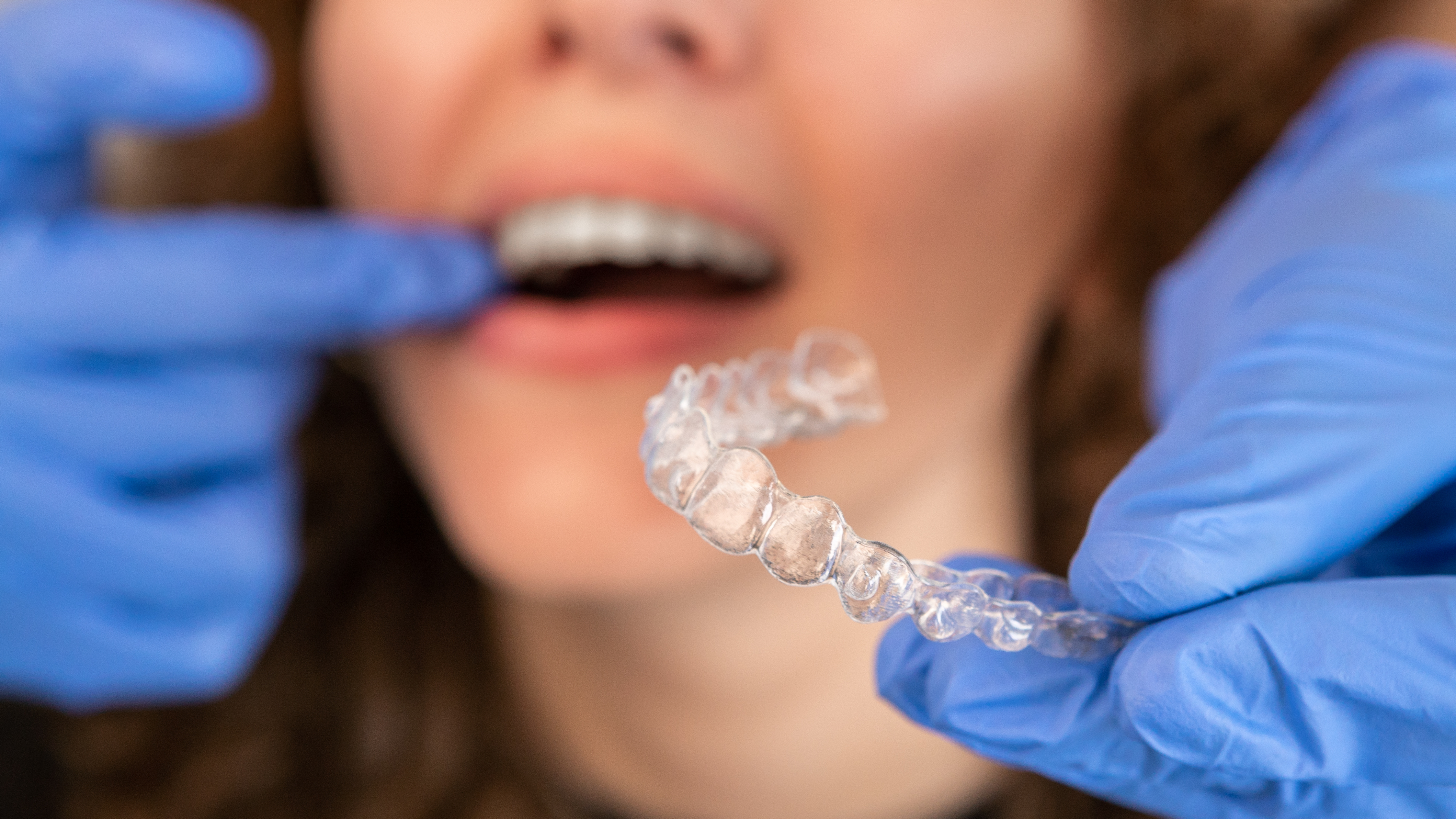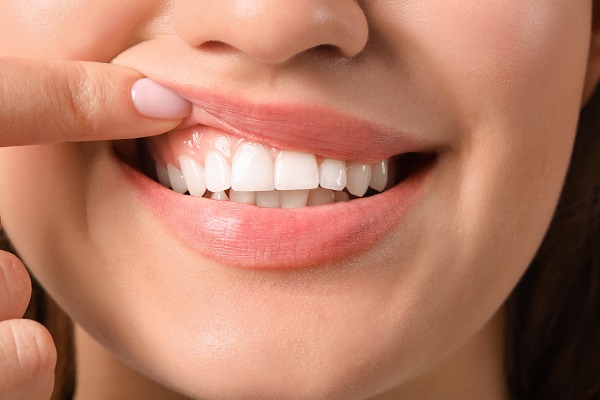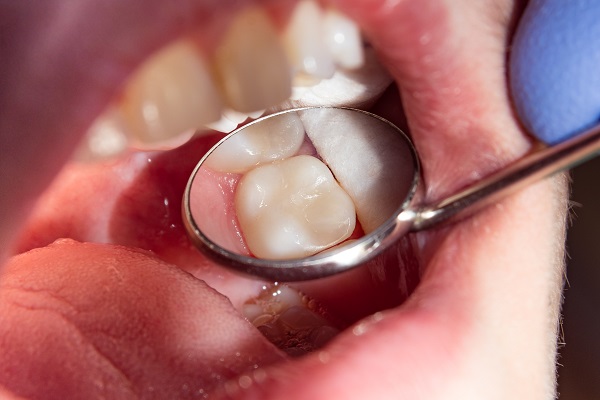Braces vs. Invisalign: Dr. Bawa Answers Your Top Questions

Dr. Simranjit S. Bawa, DDS - a top Diamond+ Invisalign provider - is a proud Potomac native and US-born Sikh whose unwavering commitment to community service and dentistry sets him apart. With a Bachelor's in Biology from American University and a DDS from Howard University, Dr. Simranjit S. Bawa seamlessly integrates state-of-the-art technology with personalized care for patients of all ages. Driven by a passion for prevention and esthetics, Dr. Simranjit S. Bawa excels in everything from full mouth reconstructions to porcelain crowns, ensuring each treatment plan is tailored to enhance smiles and gum health. Off-duty, you'll find him cherishing family time, shooting hoops, hitting high notes, and indulging in culinary adventures from across the globe. Ready to experience dentistry with a personal touch? Say hello to Dr. Simranjit S. Bawa today!
Choosing the right dental treatment isn’t just about looks- it’s about your comfort, lifestyle, and long-term oral health. At Potomac Crown Dentistry in North Potomac, MD, Dr. Simranjit S. Bawa, a top Diamond+ Invisalign provider, frequently guides patients through one of the most common decisions in dentistry: Braces or Invisalign? Top guidance from Dr. Bawa in North Potomac can help you make a confident, informed choice.
In this blog, we’ll walk you through the most important differences, benefits, and considerations of Invisalign vs. traditional braces in North Potomac, Maryland.
Dr. Bawa Invisalign vs. braces comparison in North Potomac, MD
Will start with the most basic question - What’s the Difference Between Invisalign and Braces?
When it comes to straightening teeth, both Invisalign and traditional braces are effective options. However, the way they work, how they look, and the overall experience they offer are quite different.
Dr. Bawa explains pros and cons of Invisalign and bracesInvisalign: Modern, Clear, and Convenient
Invisalign uses a series of clear, removable aligners made from a patented thermoplastic material called SmartTrack. These aligners are custom-designed to fit snugly over your teeth and gently shift them into the desired position over time.
Leveraging points of Invisalign
1. Nearly Invisible Appearance
Invisalign aligners are made from a transparent, medical-grade thermoplastic material that fits snugly over your teeth. This clear design makes them virtually unnoticeable, allowing you to straighten your smile without the metallic look of traditional braces. Whether you're at work, school, or social events, Invisalign allows you to feel confident during treatment.
2. Removable for Convenience
Unlike braces that are fixed in place, Invisalign aligners can be easily removed. This means you can enjoy your favorite foods without restrictions- no need to avoid popcorn, nuts, or sticky snacks. It also simplifies daily oral care routines. Brushing and flossing are done just like normal, helping you maintain better dental hygiene and reducing your risk of cavities or gum issues during treatment.
3. Comfortable Fit with Fewer Irritations
Each set of Invisalign aligners is custom-designed using 3D imaging to ensure a precise fit for your teeth. They are smooth and free from metal brackets or wires that can cause discomfort. Patients often report minimal irritation to their gums, cheeks, or tongue, making Invisalign a gentler option compared to braces.
4. Fewer and Faster Dental Visits
Traditional braces often require monthly visits for wire tightening or adjustments. With Invisalign, most checkups are quicker and less frequent. You’ll typically receive several sets of aligners at once and switch to a new one every one to two weeks. These short, periodic visits help monitor your progress and ensure your treatment stays on track- with minimal disruption to your schedule.
5. Predictable Results with Digital Planning
Invisalign treatment uses advanced computer software to map out each step of your smile journey. Before you even start, you’ll be able to see a digital preview of how your teeth will move and what your final smile will look like. This level of customization offers greater predictability and peace of mind throughout the process.
6. Suitable for a Wide Range of Cases
Thanks to continued advancements in Invisalign technology, these aligners can now address more than just mild crowding or spacing issues. They can correct overbites, underbites, crossbites, and even some complex dental problems, making them a versatile option for many patients.
Traditional Braces: Reliable and Precise
Braces involve the use of metal or ceramic brackets that are bonded to your teeth and connected by wires. These wires are regularly adjusted to guide your teeth into alignment.
Leveraging points of Braces
- Effective for Complex Cases:Braces are highly effective for severe misalignments, bite issues, and complex tooth movements.
- No Discipline Required: Since they’re fixed to the teeth, you don’t have to remember to wear them.
- Option of Ceramic Braces:For a less noticeable appearance, ceramic braces can be used as an alternative to traditional metal brackets.
The Process Explained
Braces
1. Placement of Brackets and WiresYour dentist will begin by bonding small brackets to each tooth using a dental adhesive. A metal archwire is then threaded through the brackets to guide tooth movement over time.
2. Regular Tightening AppointmentsEvery 4–6 weeks, you'll return for adjustments. During these visits, the dentist tightens or replaces wires and may adjust other components to maintain steady pressure on your teeth.
3. Additional AccessoriesDepending on your individual case, you may be asked to wear rubber bands to correct your bite, or even headgear for more complex corrections. These tools enhance the effectiveness of the braces.
4. Non-Removable SystemBraces are fixed appliances, meaning they stay attached to your teeth for the duration of treatment. They work continuously but can make brushing, flossing, and eating certain foods more challenging.
Invisalign
1. Custom Aligner FabricationBased on your scan, a series of clear aligner trays are custom-made to fit your teeth. Each tray is slightly different, designed to gradually move your teeth into alignment.
2. Daily Wear and Tray ChangesYou’ll wear your aligners for 20 to 22 hours per day, no need to remove them for eating, drinking (anything other than water), brushing, and flossing. Every 1–2 weeks, you’ll switch to the next set of trays in your series.
3. Check-ins Every 6–8 WeeksYou'll visit your dentist or dentist periodically to monitor progress, ensure your teeth are tracking properly, and receive your next batches of aligners.
Benefits of Invisalign
1. Nearly Invisible:Invisalign aligners are made from clear, medical-grade plastic that blends with your natural teeth. This makes them a discreet choice for adults, teens, or professionals who want to straighten their teeth without noticeable braces.
2. Removable:No need to take out your aligners for meals, brushing, flossing, and even special occasions like interviews or weddings. This flexibility allows you to maintain your lifestyle without disruption.
3. Comfortable:The smooth plastic material of Invisalign eliminates the sharp edges and wires of traditional braces. This reduces irritation to the inside of your mouth and makes the overall experience more comfortable.
4. Improved Oral Hygiene:Because the aligners are removable, you can brush and floss your teeth as usual. This helps reduce plaque buildup and lowers the risk of cavities and gum disease compared to traditional braces.
5. Fewer Office Visits:Invisalign typically requires fewer in-office appointments. Most patients only need checkups every 6–8 weeks to monitor progress and receive new aligners.
Benefits of Braces
1. Effective for Complex Cases:Traditional braces can treat even the most challenging alignment and bite issues, including rotated teeth, severe overcrowding, and significant jaw discrepancies. They’re often recommended when precise control over tooth movement is needed.
2. No Compliance Required:Since braces are fixed to your teeth, you don’t have to remember to wear them. This is especially helpful for younger patients or anyone who might forget to wear removable aligners consistently.
3. Versatile Options:Patients can choose from a variety of braces to suit their needs and esthetic preferences:
- Metal braces for durability and cost-effectiveness
- Ceramic braces for a more tooth-colored, subtle appearance
- Lingual braces that are placed behind the teeth for total invisibility from the front
For certain complex corrections, braces may achieve results in a shorter time compared to aligners, especially when patient compliance with Invisalign is an issue.
5. Customization and Add-Ons:Braces can be paired with elastic bands or special appliances to address jaw alignment issues, making them more adaptable to complex dental needs.
Braces or Invisalign? Expert guidance from Dr. Bawa in North Potomac
Key Takeaways
- Invisalign is best for those who prioritize esthetics and flexibility
- Braces are better for severe alignment and bite issues
- Compliance plays a major role in treatment success
- Consulting with a qualified dentist like Dr. Bawa, a top Diamond+ Invisalign provider, ensures the best outcome
FAQs
1. How do I know if Invisalign is right for me?
Dr. Bawa will assess your dental alignment and lifestyle needs to determine suitability during a consultation.
2. Are there any foods I should avoid with braces?
Yes, sticky and hard foods like gum, popcorn, and nuts should be avoided to prevent bracket damage.
3. Can teens use Invisalign?
Absolutely. Invisalign Teen is specifically designed with features like compliance indicators.
4. What happens if I lose an aligner?
Contact Potomac Crown Dentistry immediately. You may be advised to wear your previous or next set temporarily.
5. Do braces work faster than Invisalign?
Not always. For simple cases, Invisalign may even work faster. Treatment time depends on the complexity of your case.
Remember: Whether you choose Invisalign or traditional braces, the most important factor is commitment to the process. Results don’t just depend on technology- they depend on you and your provider working together for long-term success.
Disclaimer: This blog is for educational purposes only and is not intended as medical advice. Always consult with a certified dental professional before beginning treatment.
Related Posts

3 Questions to Ask a Restorative Dentist
You might be interested in a consultation with a restorative dentist if you have a damaged.
read more
Why Is Gum Health So Important?
Although it may not seem like it, a person's gum health is vital for the health of his or her entire body.
read more
When a Dentist Would Recommend Tooth Colored Fillings
When teeth become damaged due to cavities or injury, dentists may use tooth colored fillings, also called composite fillings
read more